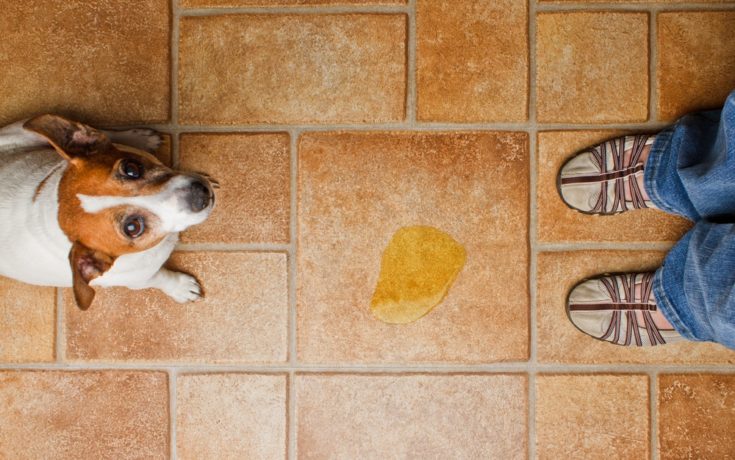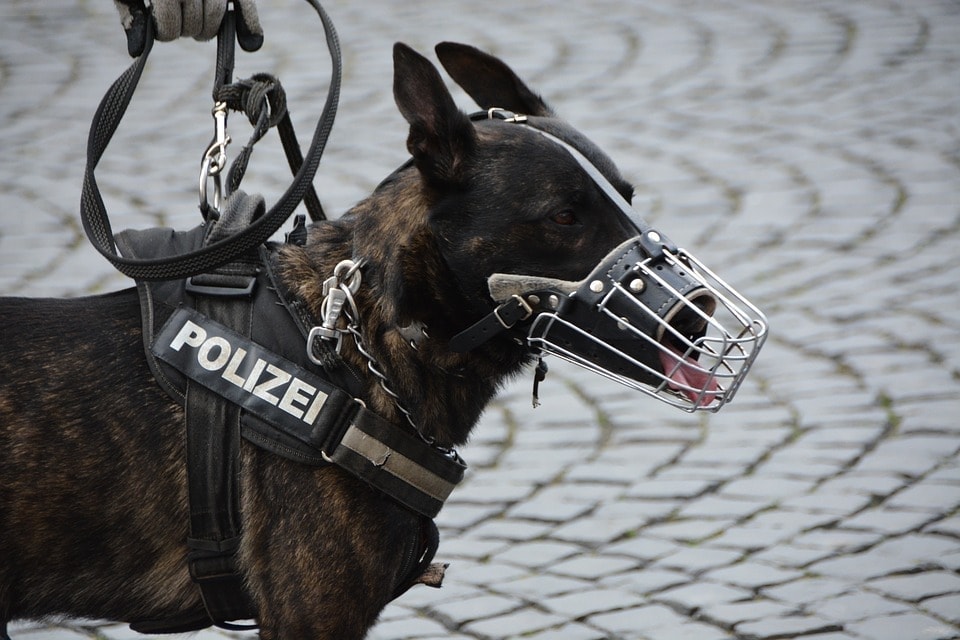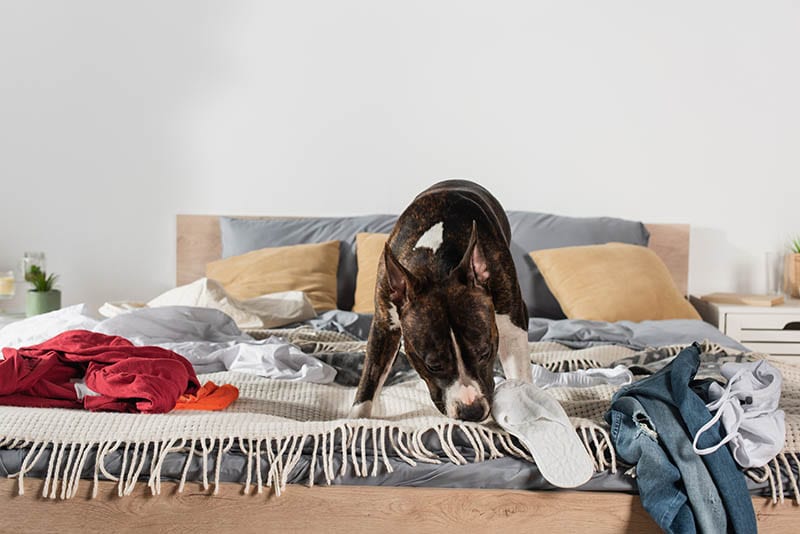Why Do Great Danes Bury Their Heads? Dog Behavior Explained
Updated on
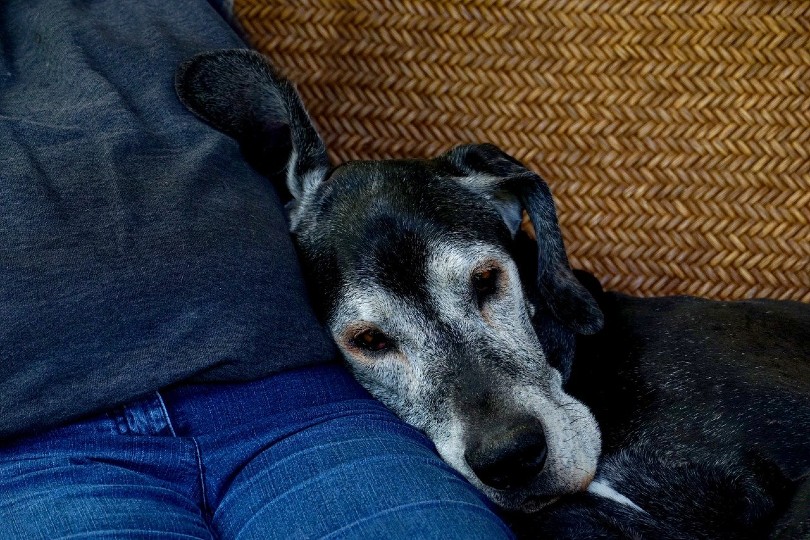
Great Danes are extremely large dogs that can be quite imposing in appearance, not to mention their deep, powerful bark. If you’ve spent any time around a Great Dane, though, you may have noticed an unusual behavior.
Some Great Danes like to bury their big noggins into your lap, or sometimes into your chest. Why do these huge dogs feel the need to perform this behavior, though? Well, there are actually a few potential reasons.
The 4 Reasons Great Danes Bury Their Heads
1. Affection
The simplest explanation for this behavior is that your Great Dane is trying to show affection. This breed is known for being extremely affectionate and loving, especially towards people they are familiar with or bonded to. If your Great Dane is feeling extra loving and cuddly, then you may notice them burying their head into your lap. They may also nudge their head into your stomach, chest, or back to show you affection.
2. Attention
Most dogs love getting attention from people, especially people they’re particularly fond of. One reason that your Great Dane may try to bury their head in your lap is in an effort to get your attention. Some dogs can’t stand to be ignored, so it’s possible that your dog may resort to this behavior if they don’t think you’re paying enough attention to them.
The other reason that your Great Dane may do this for attention is if they’re feeling a little lonely and just want to get some petting and love from you.
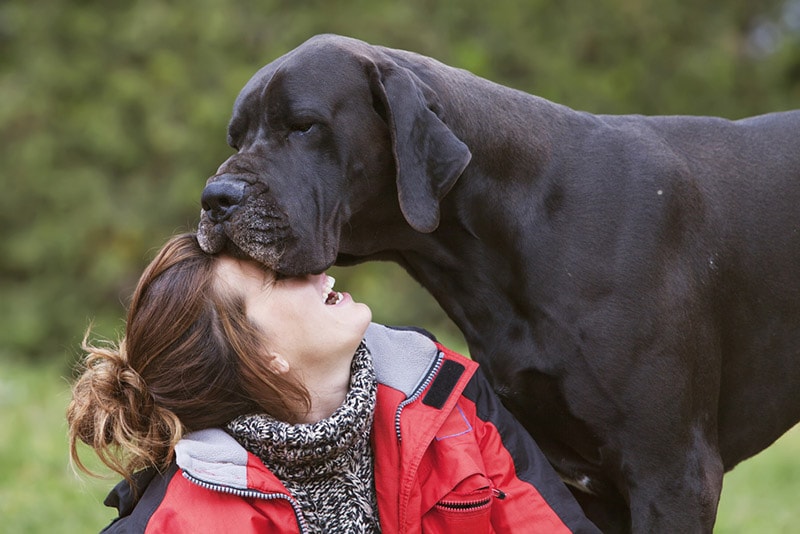
3. Comfort
Anyone who has a Great Dane can tell you that size doesn’t mean much to these dogs. Many Great Danes are big babies that may be easily frightened. If your Great Dane is feeling afraid or threatened, then they may try to bury their head in an attempt to feel safer and achieve some level of comfort in a situation they are not comfortable with. They may even do it in a misguided attempt to hide from whatever is making them uncomfortable.
If you suspect your Great Dane is feeling uncomfortable with a situation, it’s important to try to find ways to get them out of the situation or to train them to be more comfortable in the situation. By doing this, you will set your dog up for success in situations they are unsure of.
4. To Provide Comfort
Dogs are very in touch with our emotions, so it’s not unusual for your dog to try to find ways to give you comfort when you’re feeling stressed, sad, or anxious. If you’re feeling down or anxious, your Great Dane may sense this and try to bury their head in an attempt to provide you with comfort. If your Great Dane also associates burying their head in your lap with feeling comforted, it may make sense in their mind that this action may also provide you with comfort during a time of stress or sadness.

In Conclusion
Many Great Danes enjoy burying their heads in people’s laps. There are multiple reasons that a dog may do this, but they are most likely to do this with someone they feel comfortable with and share a strong bond with. If your Great Dane does this, try to read the situation to determine if the action is positive or negative. If your dog is feeling unsure or uncomfortable, it’s your job as their owner to get them into a situation that helps them feel more secure and safe.
See Also:
- Does Sevin Dust Kill Fleas? Vet-Reviewed Safety & Effectiveness Facts
- Does Lysol Kill Fleas? Vet Reviewed Safety & Effectiveness
Featured Image Credit: Schwoaze, Pixabay


